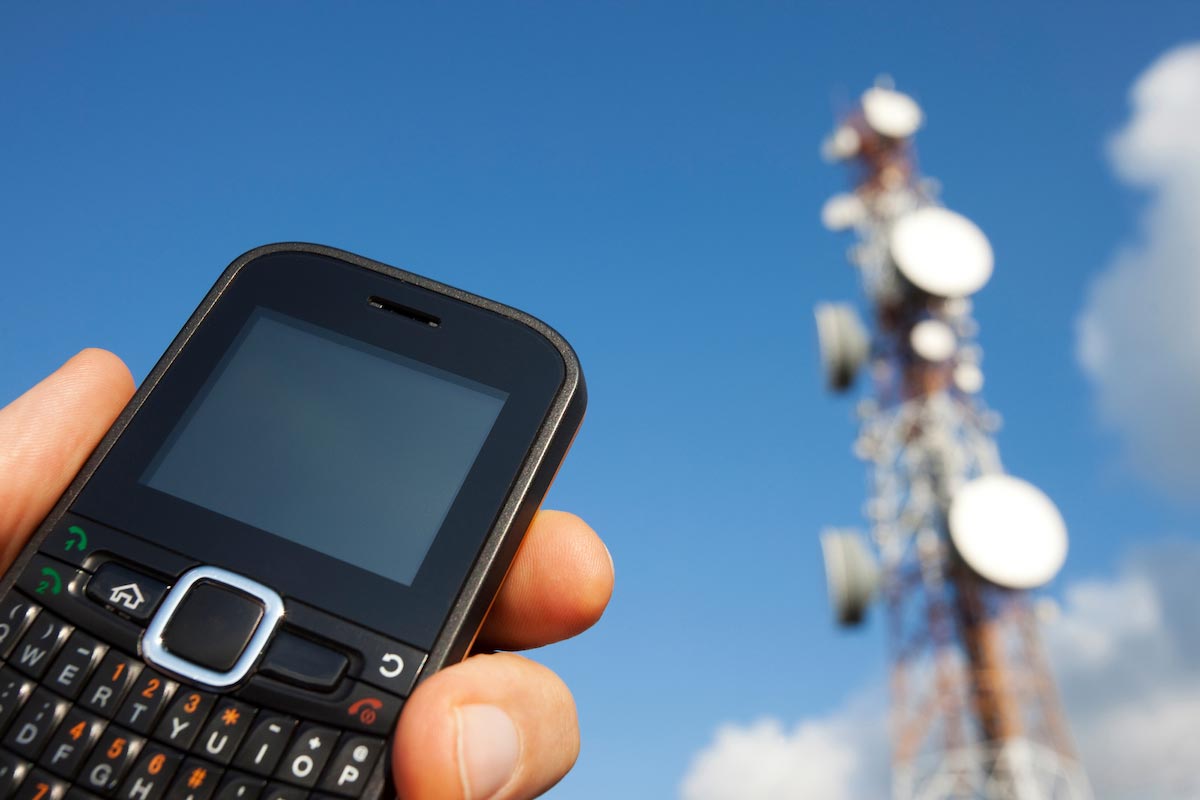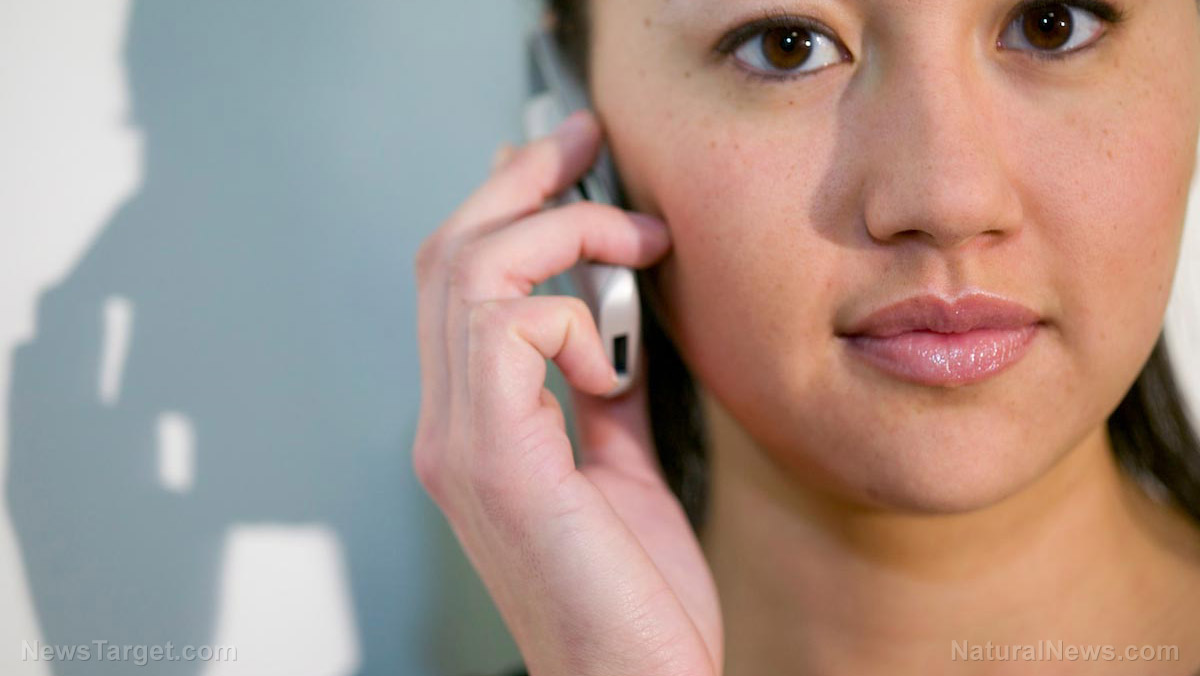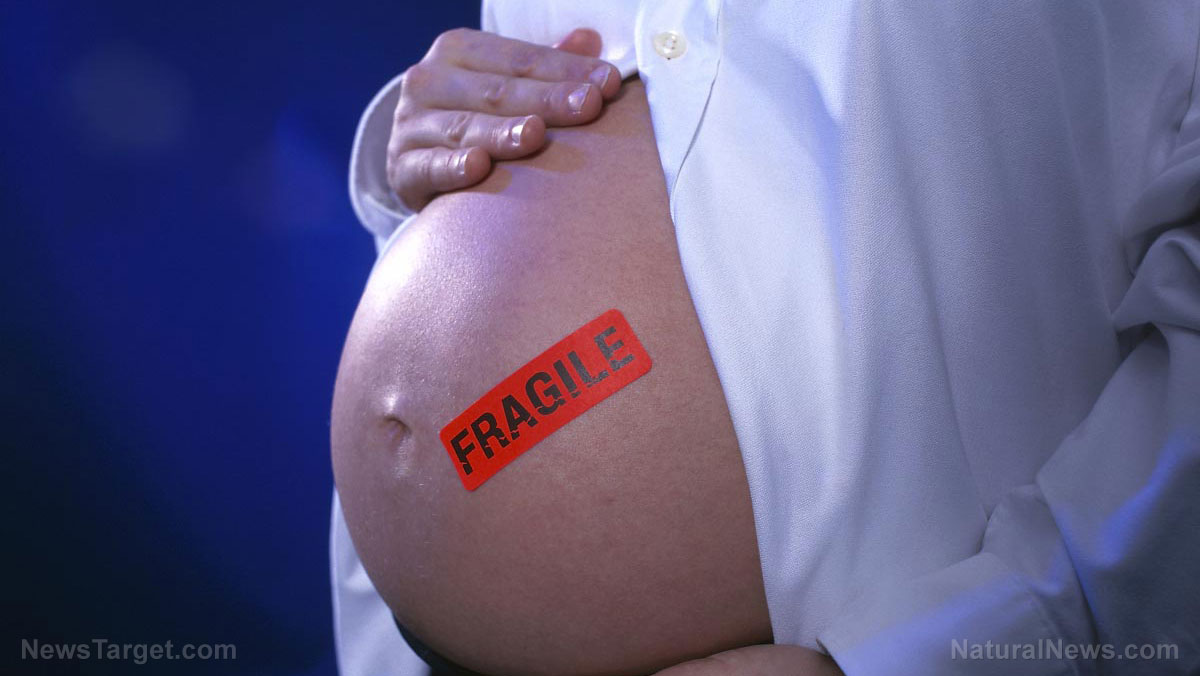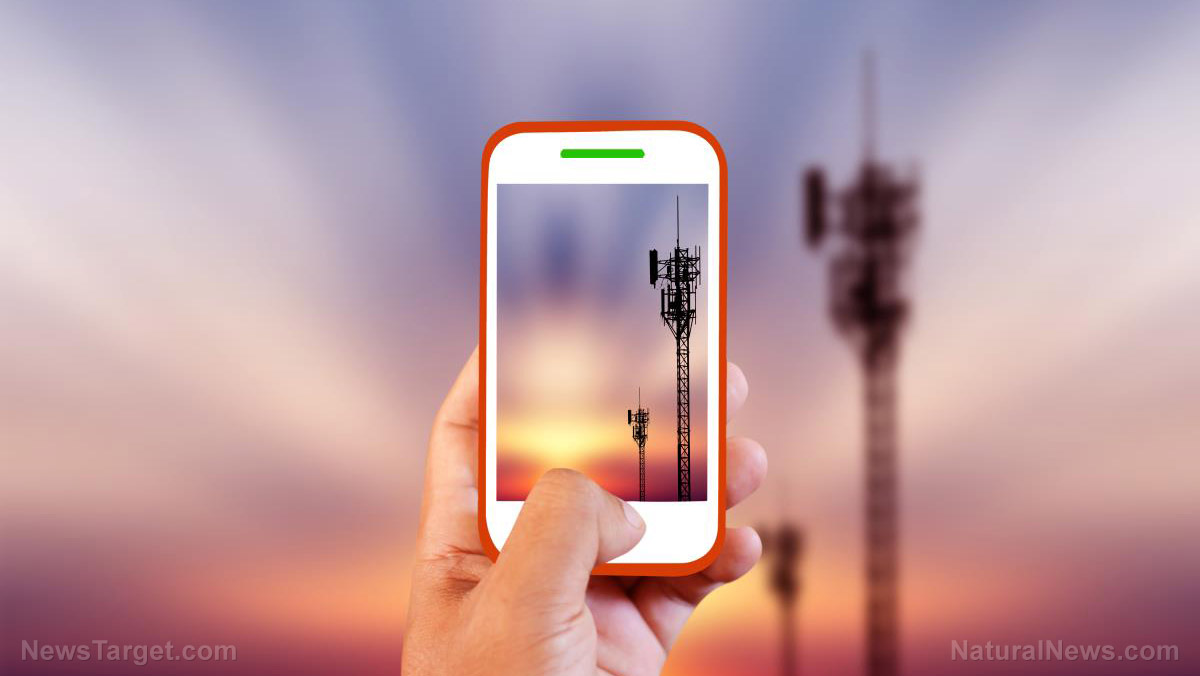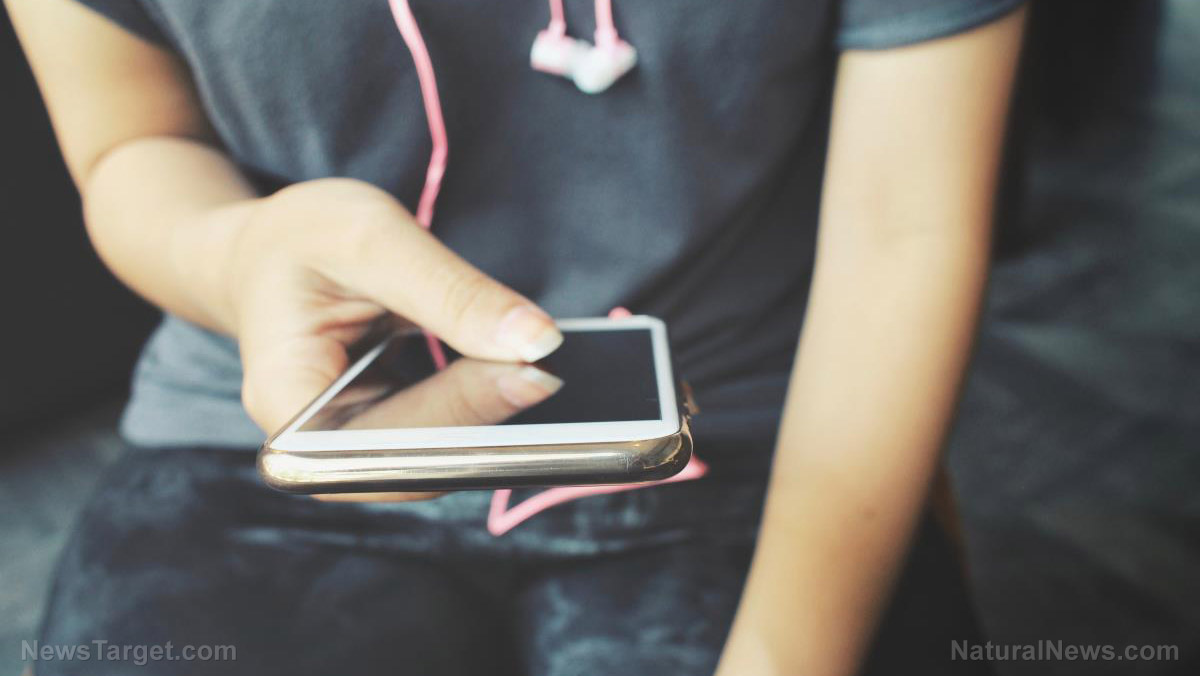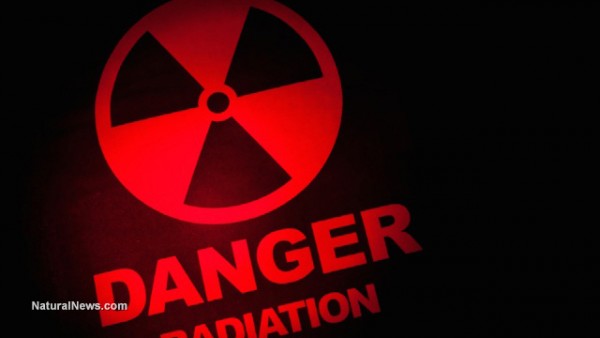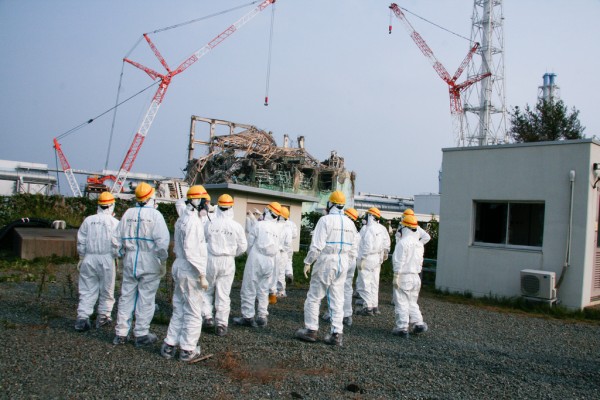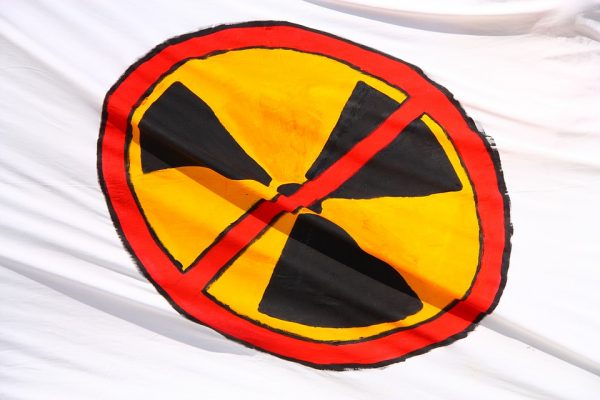Cosmic ray exposure in space higher than previously thought; astronauts need protection
06/13/2018 / By Jessica Dolores

For a long time, cosmic rays have been the stuff science fiction films are made of: Intergalactic heroes fighting off bad guys that shoot off the stuff or state-of-the-art spaceships being protected by it. However, real life isn’t too far off, albeit with a potentially more sinister twist: While radiation exposure in space is a fact, new research from University of New Hampshire’s Space Science Center warns that the level of exposure is higher than what was previously thought. In the study, the researchers wrote that this rise in radiation levels pose serious effects on astronauts and satellite technology.
“The radiation dose rates from measurements obtained over the last four years exceeded trends from previous solar cycles by at least 30 percent, showing that the radiation environment is getting far more intense,” according to lead author Nathan Schwadron. He added that this could affect the environment in space travel and space weather, and should be taken into consideration in planning and designing travel to the “moon, Mars, asteroids and beyond.”
The study, recently published in the journal Space Weather, revealed that one of the most important Solar Energetic Particle (SEP) events occurred in September 2017, when large doses of radiation that could put humans and satellites at risk were released.
Earth-bound people are protected from cosmic rays by the planet’s magnetic field. However, astronauts could catch cosmic radiation sickness or worse, suffer long-term health problems such as cancer and damage to the heart, brain, and central nervous system.
Other threats in deep space
Besides cosmic radiation, astronauts and space travelers must face the following threats to their physical, mental and emotional health.
- Getting along – Cultural anthropologist Jack Stuster, in a report funded by NASA, revealed that the American astronauts’ top concern during space missions was getting along with crewmates – and it doesn’t help that they’re stuck with this co-worker for several weeks, even months. No wonder astronauts are screened very well, not just for physical fitness, but mental well-being. (Related: NASA plans to genetically modify astronauts so they can survive the journey to Mars.)
- Space fungus – Scientists have known for decades that some microorganisms survive the perils of space, including microgravity, and extremes in temperature and radiation. Recently, researchers added another threat in space: The airborne fungus Aspergillus fumigatus, the most common cause of fungal infection in humans. Scientists surmise that if this fungus thrives in space, so too, can other more dangerous pathogens.
- Microgravity – Zero gravity may look great at the start. It allows astronauts to do what they couldn’t do on earth – float in space. However, there are a lot of downsides: Zero gravity leads to loss of muscle and bone density. Eyesight problems are also another risk. When astronaut Scott Kelly returned to Earth with blurred vision, research presented at the Radiology Society of North America attributed this to a higher level of spinal fluid that pushes against the optic nerve and eyeballs, which led to farsightedness.
- Human error – Everybody makes mistakes, but this could be doubly fatal on long spaceflights where tensions are high, and radiation could lead to anxiety, depression, and confusion. Human error can produce a long list of scary results that includes crash landings, leaky space suits and loss of water supply.
The history of space travel is long and well-documented. Hopefully, we learn from the mistakes of history – and help our astronauts stay safe and healthy as they journey to the unknown and discover new things that make us make sense of the universe even more.
Sources include:
Tagged Under: astronauts, cosmic radiation, future science, health risks, radiation, science, Space, space dangers, space exploration, space sickness, space travel





